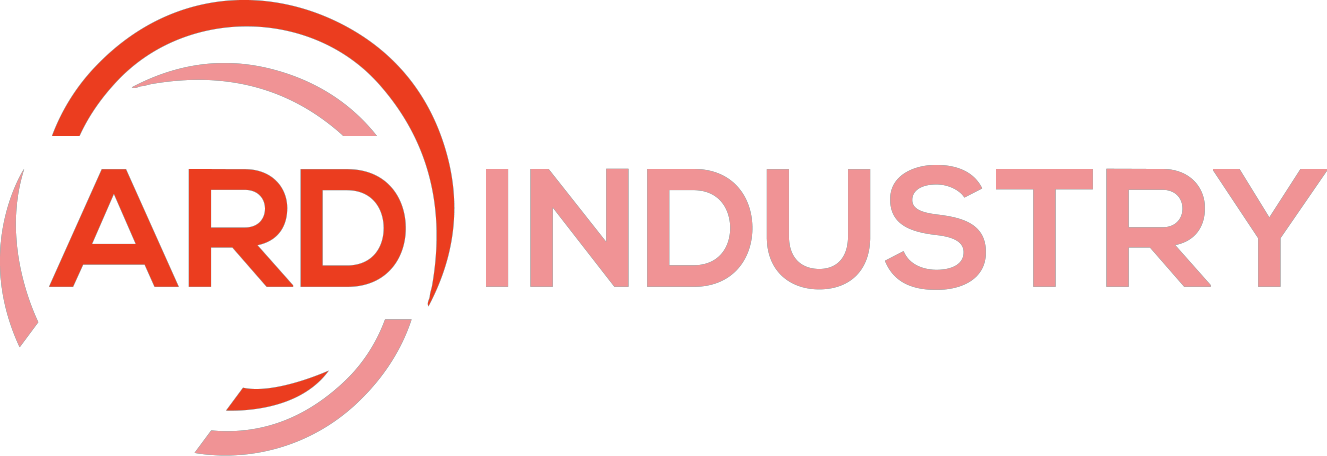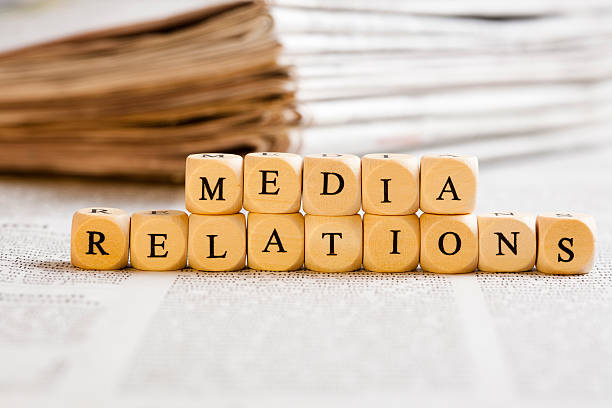Public relation is a powerful tool that helps businesses and individuals shape their image and build trust with their audience. In today’s digital age, social media has become a key platform for public relation efforts. Companies and individuals use it to communicate directly with their audience, handle crises, and create a lasting brand impression.
To succeed, it is important to use the right strategies. A well-planned public relation approach on social media can help organizations maintain a positive image and respond effectively to challenges. This guide will walk you through the best ways to use social media for public relation.
Why Social Media Matters in Public Relation
Social media is no longer just a place for personal updates and entertainment. It has become a key platform for public relation. Organizations use it to share news, manage their reputation, and engage with their audience.
Direct Connection with the Audience
Unlike traditional media, social media allows businesses to communicate with people instantly. Brands can share updates, respond to concerns, and build relationships with their followers.
Crisis Management
Negative news spreads quickly online. Having a strong social media presence helps businesses respond to issues in real time. Quick and thoughtful responses can prevent damage to a company’s reputation.
Building Brand Identity: Public Relation
A strong and consistent presence on social media helps shape how people see a brand. Companies can share their values, achievements, and important updates to create a positive image.
Choosing the Right Social Media Platforms for Public Relation
Not all social media platforms serve the same purpose. Choosing the right ones depends on the audience and the message a brand wants to share.
Facebook is useful for sharing news, engaging with followers, and managing customer service. Businesses can post updates, host live sessions, and answer questions directly.
Twitter is great for real-time updates. It is often used for press releases, company news, and crisis management. Quick and direct messages help businesses stay relevant.
LinkedIn is the best platform for professional networking. Businesses can connect with industry leaders, share insights, and position themselves as experts in their field.
Instagram works well for visual storytelling. Brands can share behind-the-scenes content, customer stories, and promotional materials to connect with their audience.
TikTok
TikTok is a growing platform that helps brands connect with younger audiences. Short, engaging videos can boost awareness and strengthen a company’s public relation strategy.

Creating a Strong Public Relation Strategy on Social Media
A successful public relation strategy on social media requires planning and consistency. Below are key steps to create an effective plan.
Set Clear Goals
Define what you want to achieve. Common goals include improving brand reputation, increasing audience engagement, or handling crisis communication effectively.
Understand Your Audience: Public Relation
Knowing who your audience is and what they care about helps create content that resonates with them. Use social media analytics to study follower behavior and preferences.
Post Consistently
A strong social media presence requires regular updates. Posting frequently helps keep your audience engaged and informed.
Monitor and Respond
Engaging with followers builds trust. Respond to comments, answer questions, and address concerns to show that your brand values its audience.
Content Ideas for Public Relation on Social Media
Creating engaging content helps brands connect with their audience. Below are some content ideas that work well for public relation.
Company Updates and Announcements
Sharing important news, product launches, and company milestones keeps followers informed and involved.
Customer Testimonials
Positive customer stories and reviews build trust. They show real experiences and help potential customers feel confident in a brand.
Behind-the-Scenes Content: Public Relation
Giving followers a look behind the curtain makes a brand feel more personal. Showcasing employees, work culture, or company events humanizes a business.
Educational Content
Providing useful information positions a brand as an industry leader. How-to guides, expert tips, and informative posts build credibility.
Live Q&A Sessions
Hosting live sessions allows direct interaction with followers. Answering questions in real time creates transparency and strengthens relationships.
Managing Public Relation Crises on Social Media
No brand is immune to crises. Handling issues properly can prevent long-term damage.
Respond Quickly
The faster a company addresses a problem, the better. Silence can make things worse. Acknowledge concerns and provide clear responses.
Take Responsibility
If a mistake happens, own up to it. Apologizing and offering a solution shows accountability and helps rebuild trust.
Stay Professional
Responding with professionalism, even in difficult situations, keeps a brand’s reputation intact. Avoid arguing or making emotional responses.
![]()
Measuring the Success of Your Public Relation Efforts on Social Media
Tracking performance helps businesses see what works and what needs improvement.
Engagement Metrics
Likes, comments, and shares show how people interact with content. High engagement means the audience finds the content valuable.
Follower Growth
A growing audience indicates a strong social media presence. Monitoring follower numbers helps measure reach.
Brand Mentions
Keeping track of how often a brand is mentioned helps gauge its reputation. Positive mentions indicate good public relation efforts.
Customer Feedback
Listening to what followers say provides insight into brand perception. Positive comments suggest a good reputation, while negative ones highlight areas for improvement.
Final Thoughts: Public Relation
Public relation on social media requires strategy, consistency, and engagement. By using the right platforms, posting meaningful content, and responding effectively, brands can build trust and maintain a positive reputation. Managing crises and tracking performance ensures continuous improvement.
With the right approach, social media can be a valuable tool for successful public relation.








